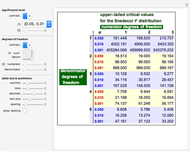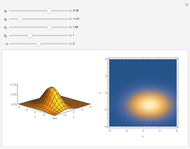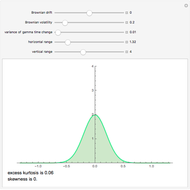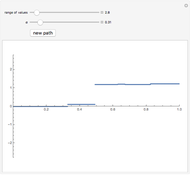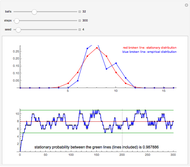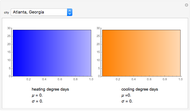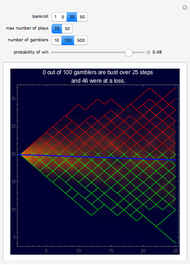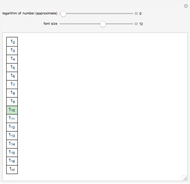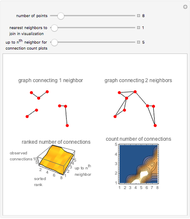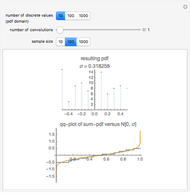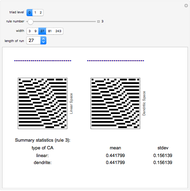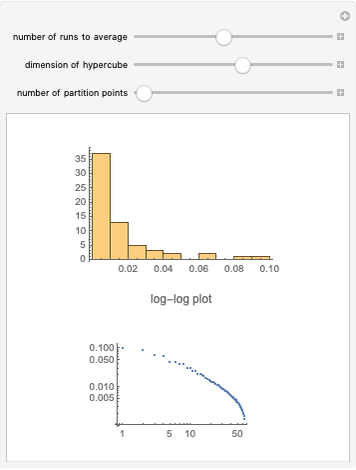Simulating a Normal Process from Sums of Uniform Distributions

Requires a Wolfram Notebook System
Interact on desktop, mobile and cloud with the free Wolfram Player or other Wolfram Language products.
A convenient simulation of a random normal process comes from a sum of random uniform variables. The probability density function (pdf) of sums of random variables is the convolution of their pdfs. Sums of uniform random variables can be seen to approach a Gaussian distribution.
[more]
Contributed by: Jim Gerdy (March 2011)
Open content licensed under CC BY-NC-SA
Snapshots
Details
Apart from the parameter for the number of uniform distributions to be summed (the slider), you can control the discretization of the distribution and the sample size of the simulation. The uniform distribution is discrete in all cases in this simulation on a grid with  points for a few choices of
points for a few choices of  . The sample size varies between 10 and 5000 points.
. The sample size varies between 10 and 5000 points.
The statistics of distributions that are the sums of elementary distributions is detailed in most statistics textbooks. For example:
A. M. Mood, F. A. Graybill, and D. C. Boes, Introduction to the Theory of Statistics, New York: McGraw-Hill, 1974.








